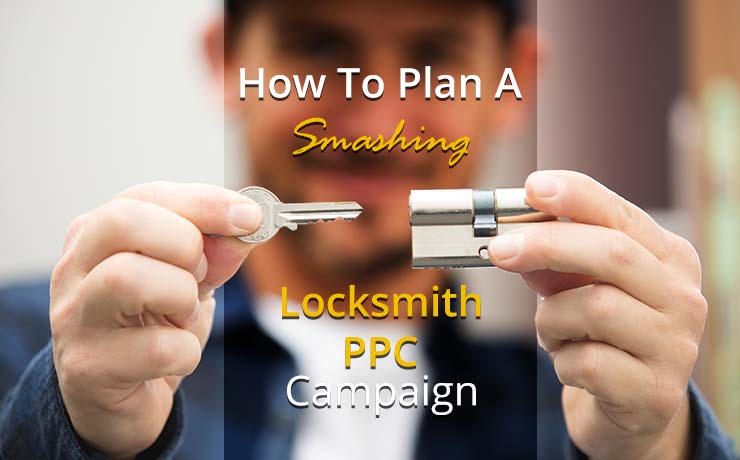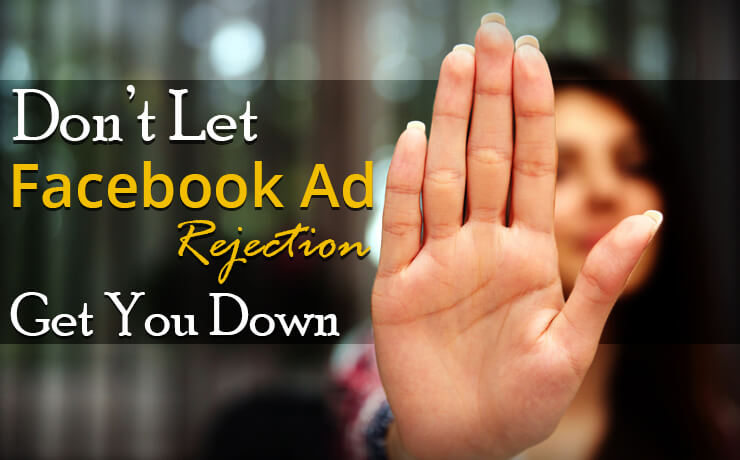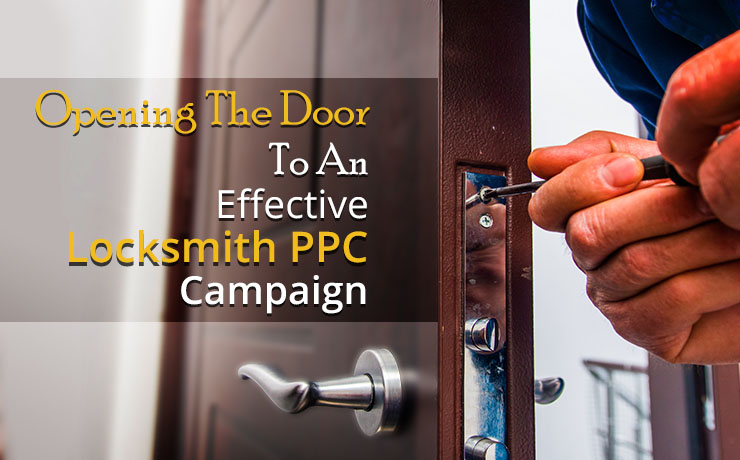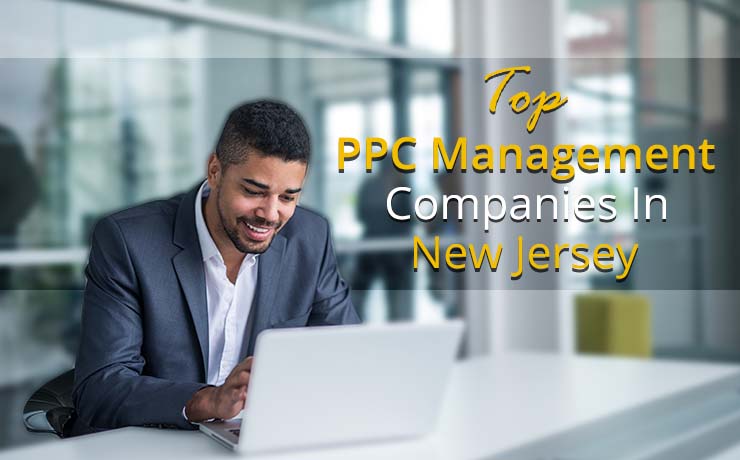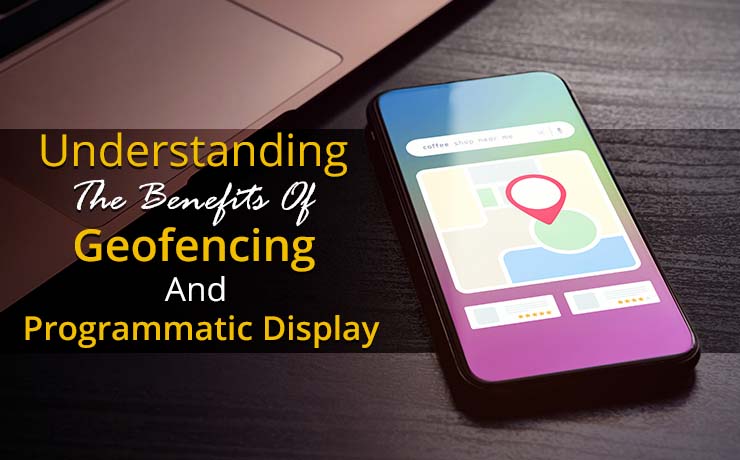
Geofencing and programmatic display are oftentimes the forgotten child when it comes to advertising, and it’s understandable. Most companies have a defined focus on lead generation, and that usually narrows down their scope to Pay-Per-Click strategies like Google, Microsoft, LinkedIn ads, etc. Most businesses in the B2B realm are typically drawn to LinkedIn to leverage the business data available to them. While these are great tactics, business owners tend to overlook the true benefits of Geofencing. One of the reasons is that people do not think about it the same way as traditional forms of PPC Advertising. I think there are advertising goals geofencing can accomplish more effectively than traditional PPC strategies.
Do You Need Programmatic Display or Geofencing Solutions?
How do you determine if Programmatic Display or Geofencing is right for your client and/or business? The first thing you must understand is the differences in the value of these online advertising methods versus launching a Pay-Per-Click campaign like Google Adwords.
Here is an easy way to think of these two solutions: Google is someone searching for something, and then is given the results. Programmatic Display and Geofencing use context, keywords, locations, and demographics to identify your target audience and show them your ads. Google connects people who know they need your service or product; Programmatic finds those, whose data would indicate is the right audience, and reaches out to them with the opportunity to take action.
While this may sound straightforward, Google Search is limited to Google and its search partners. Programmatic is user based, not platform based; it provides opportunities based on the individual and websites they visit on their mobile device. It may be an App, while you’re shopping, or reading the news.
Programmatic is Impression based, which means that the standards of metrics that digital marketing teams evaluate need to be different. We are not comparing Apples to Apples. With an Impression based strategy, we will see lower CTRs than PPC strategies, which is expected. Programmatic serves much more impressions and so the Conversion metrics are going to look different than how you would translate your PPC efforts. A CTR of 0.18% in Programmatic may be viewed as “Great,” but a lousy conversion metric in PPC campaigns. It is recommended that you set realistic goals and expectations for any Programmatic or Geofencing campaign.
How does Geofencing work?
Results & Conversions do not just magically appear when you start Geofencing.
Here is a scenario: You own a yogurt shop in town. There is going to be a huge parade in your town this week and you want as many people from that parade to visit your yogurt shop. You target the location where the event is held, and you have ads displaying promotional offers for attendees. Your idea and structure seem great so far, right? We need to ensure that there are still proper expectations.
When someone lands in your Target Area, it can take up to 30 days to be targeted in full by your campaign. Expect that people from the event will not see your ad immediately and convert. It may happen to a degree, but it’s important to know that your campaign is set to gain momentum over time, and not overwhelm people with your ad. It is important to be patient with Geofencing and set proper expectations of when your conversions may take place.
Cool Features of Programmatic Display and Geofencing
- Tracking Online & Offline Conversions
- Auto-Filtering based on Ad Fatigue
- The ability to use Video or strong Call-To-Action Static ads.
- Leverage Top Sales Zip Codes & Addresses
- Event Geofencing
Tracking Online & Offline Conversions
If you are a storefront or have a physical location, geofencing can actually track conversions from off-line criteria. For example, someone physically enters your building. This really takes conversion tracking to the next level as advertising methods can only track online types of Conversions.
Ad Fatigue
There is nothing worse than someone frequently seeing your ad when they are not interested in the first place. It is a waste of your ad spend and also upsets the end user. Programmatic uses machine-learning algorithms to monitor user engagement and filter out users who show zero engagement over time.
Programmatic Video
Video is one of the strongest and most impactful methods for advertising these days. Programmatic leverages video assets to hone in on your target audience with precise messaging and a strong Call-To-Action.
Leverage Top Sales Zip Codes & Addresses
Companies often have access to data like Zip Codes, which display how they convert vs. other cities they serve. Alternatively, your company may be an installation company that frequently serves certain addresses. Since residents in that location may have already seen your company branded vehicles, why not bolster your marketing efforts with Addressable Geofencing? Leveraging zip code data of top sales or locations where installations or servicing are done enables the platform to show dedicated creatives (ads), with precise messaging to that community.
Event Geofencing
Industry Events and Trade Shows are essential for prospecting and networking. The challenge of this though is your company’s overall expenses. Renting a booth, getting speaking engagements, staffing the event, and trying to prospect enough people to justify the spend, can be challenging and overwhelming. If you have ever worked at a trade show, you know exactly what I am talking about. Now it is a necessary evil to a degree, and it is beneficial to showcase your company at these events. Most industries have some kind of event monthly, or even bi-monthly; making it incredibly challenging financially and logistically to attend every event and represent your company.
With Event Geofencing, whether you attend the event or not, your brand and company can be represented. Event targeting is able to focus on the location of the event and the hours the event takes place. For example, the event is held in a conference hall, but it opens back up to the public after event hours. Event targeting can Geofence just the event during the hours your target audience will be in attendance. This a fantastic way to ensure that your company is properly represented at every event and you have tangible metrics to report in terms of the success of the event. In the past, sales reps leave an event feeling like they barely made a dent in terms of prospecting, or talking to enough people. With Event Geofencing, this tactic alleviates that concern. Even after the event, patrons can continue seeing your ad for up to 30 days. When you run a dedicated ad speaking to those people, like: “We saw you at Conference X last month…” they are more inclined to interact with you and see the relevance of ads you are displaying to them.
Choosing Programmatic Display is the Way to Go
Whether your client/business has a zip code list of top sales or knows where their competition is located and is looking to take business away from the competition, Programmatic Display is a great solution to consider as it blends Brand Awareness and Lead Generation.
While Google Ads find the people actively looking for you or a company similar to yours, Programmatic finds the people who need to look for you.If you would like some additional insight into how you can get started with Programmatic/ Geofencing efforts, and grow your business in 2022 & beyond, we at SmartSites can help! We utilize our years of digital advertising expertise and omnichannel strategic planning to identify Programmatic channels that can help grow your business. Schedule a free discovery meeting with us today!
 Free
Consultation
Free
Consultation Free
Google Ads Audit
Free
Google Ads Audit

